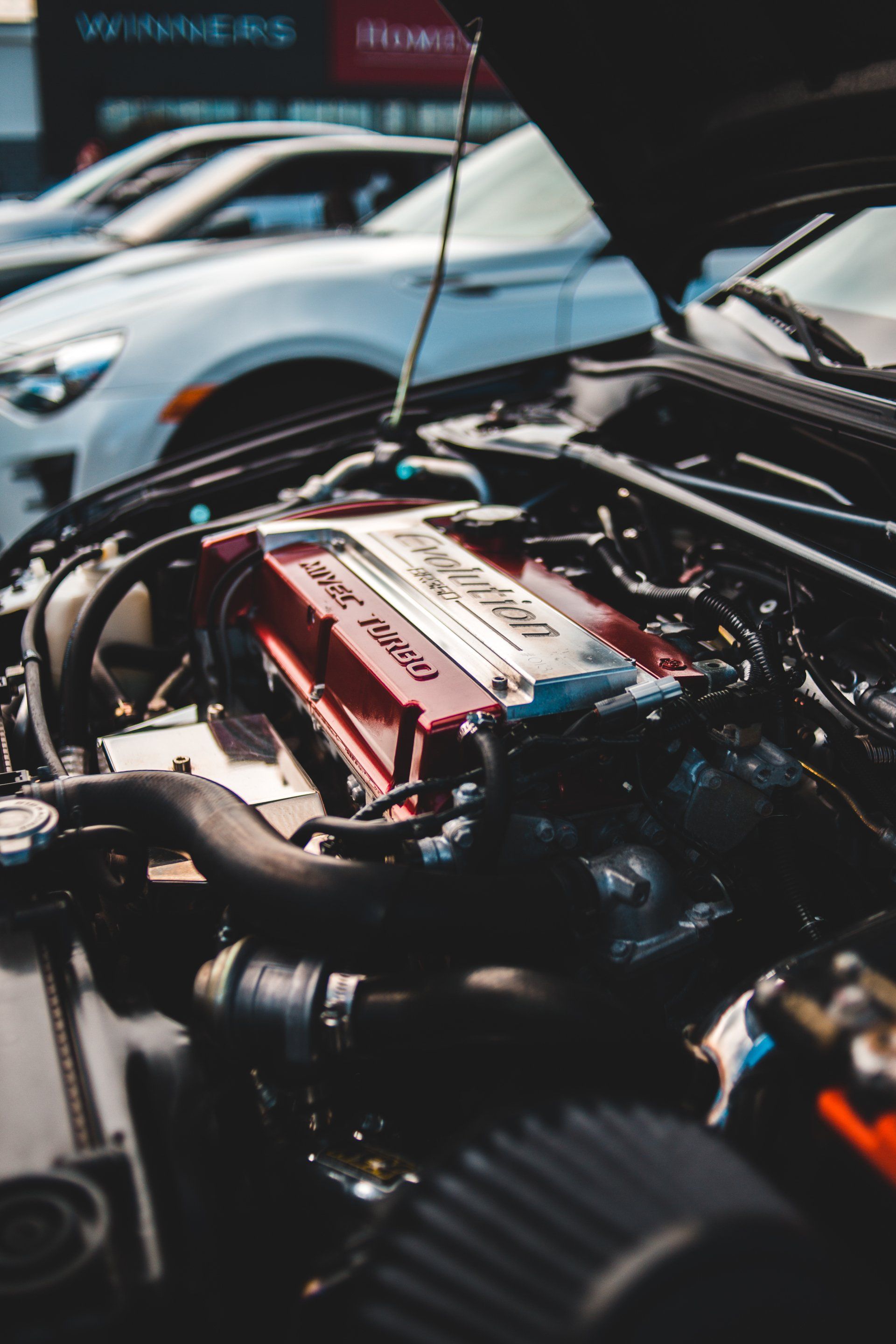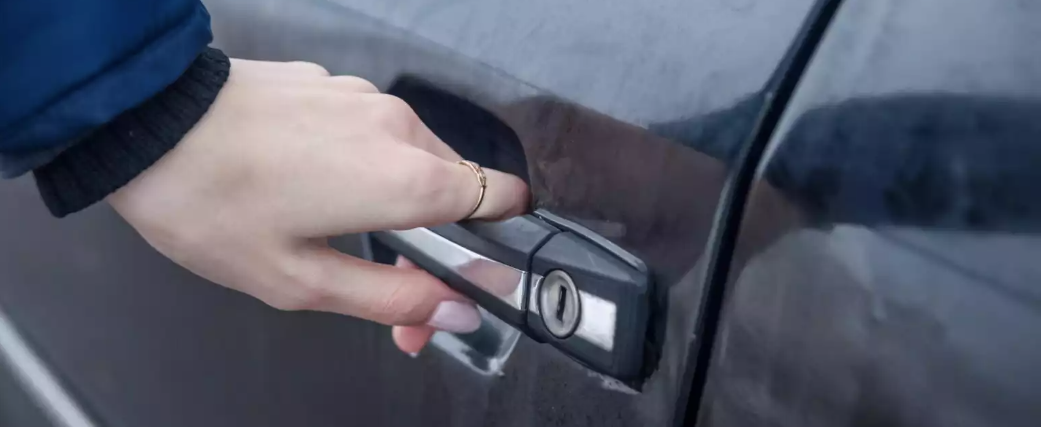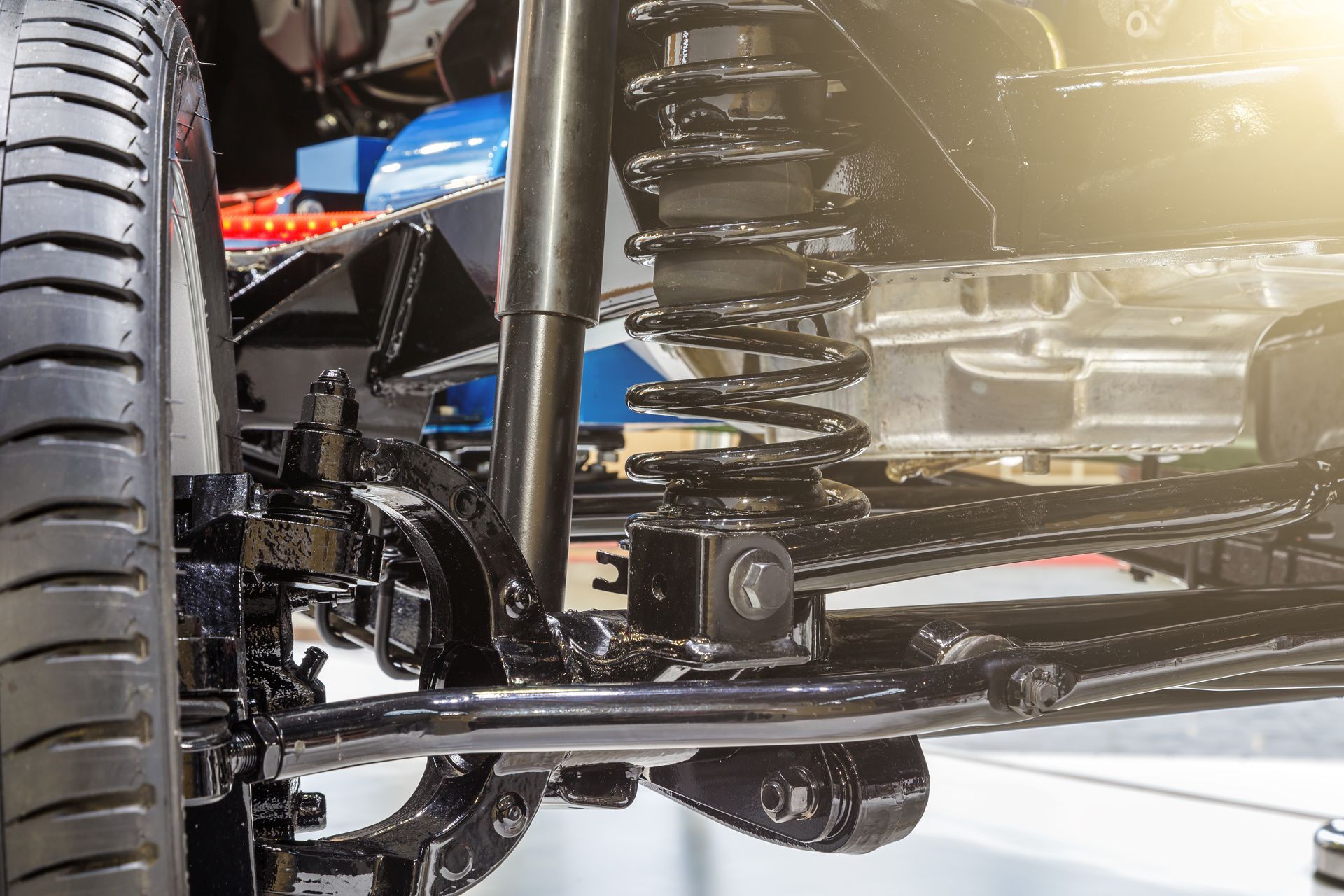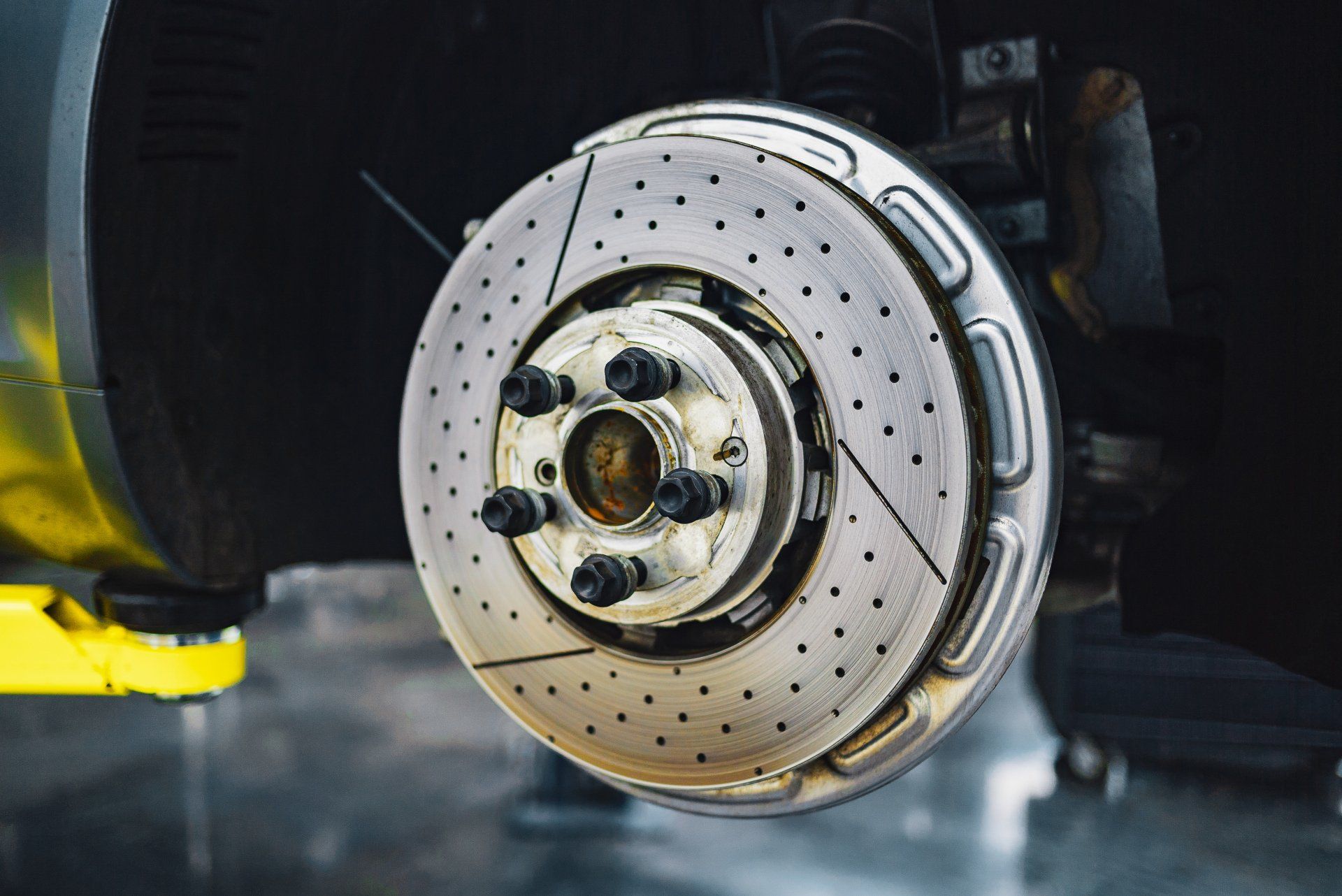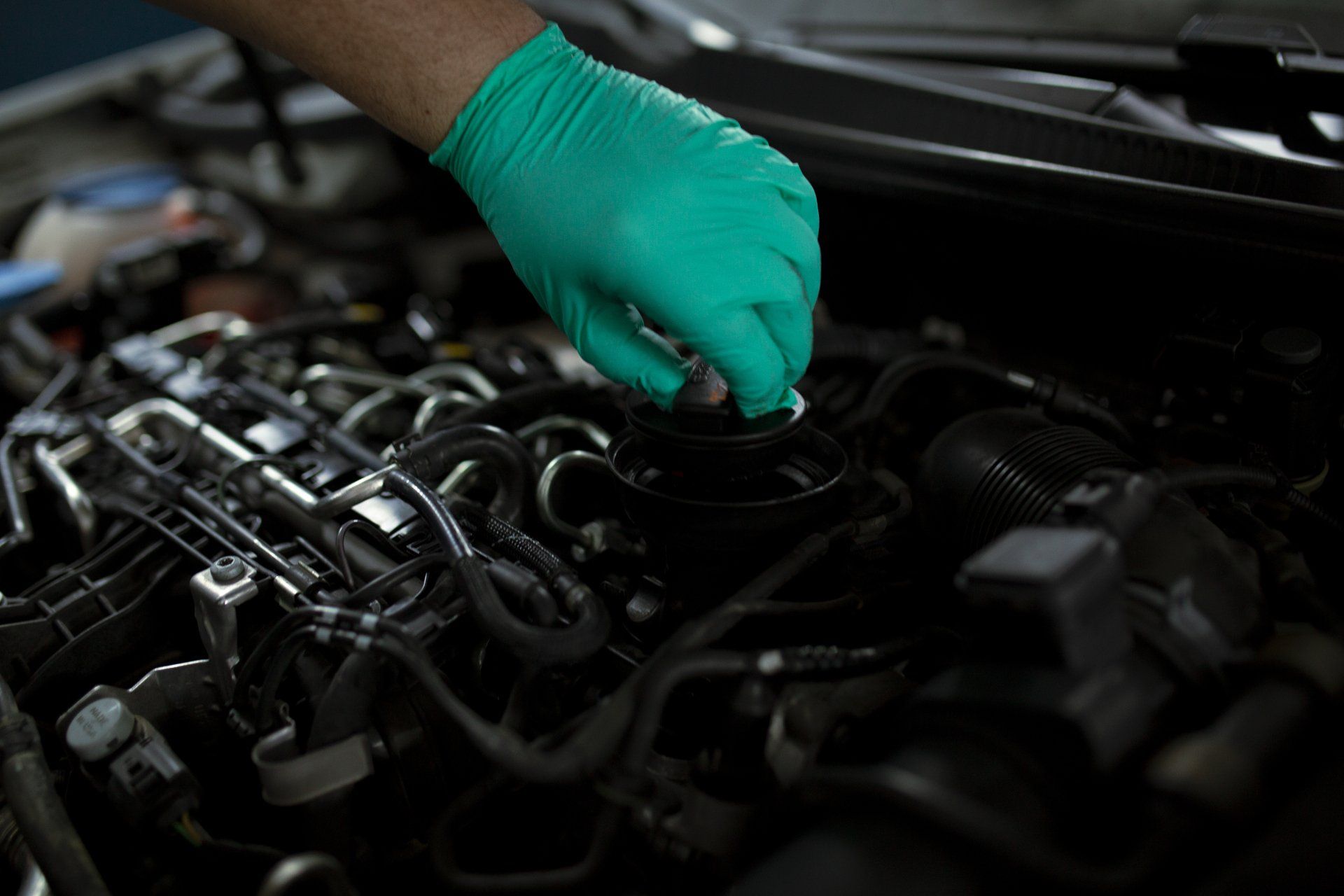Our Blog
Elevate your car's performance with expert oil changes at Denver's Quality Automotive in Wheat Ridge, CO. Visit us today for top-tier auto care!
Discover expert clutch repair services at Denver's Quality Automotive in Wheat Ridge, CO. Trust our team for quality care. Schedule an online appointment now!
